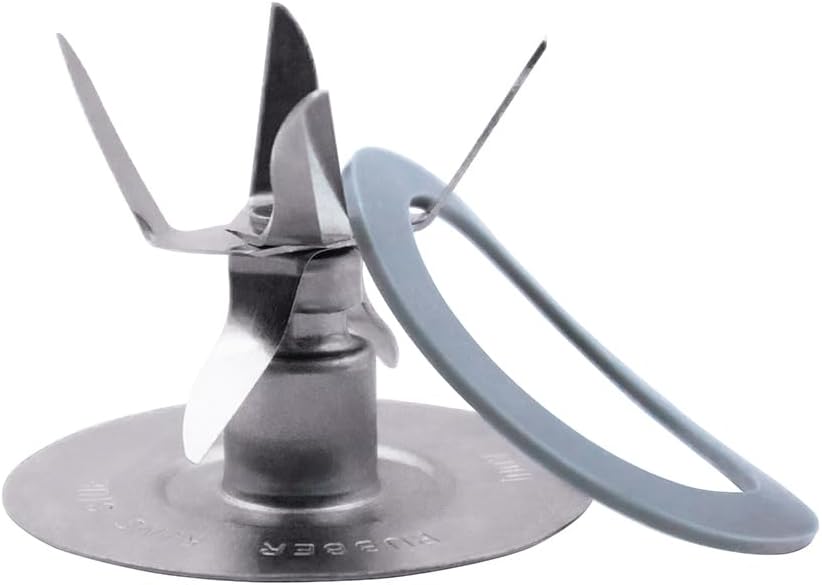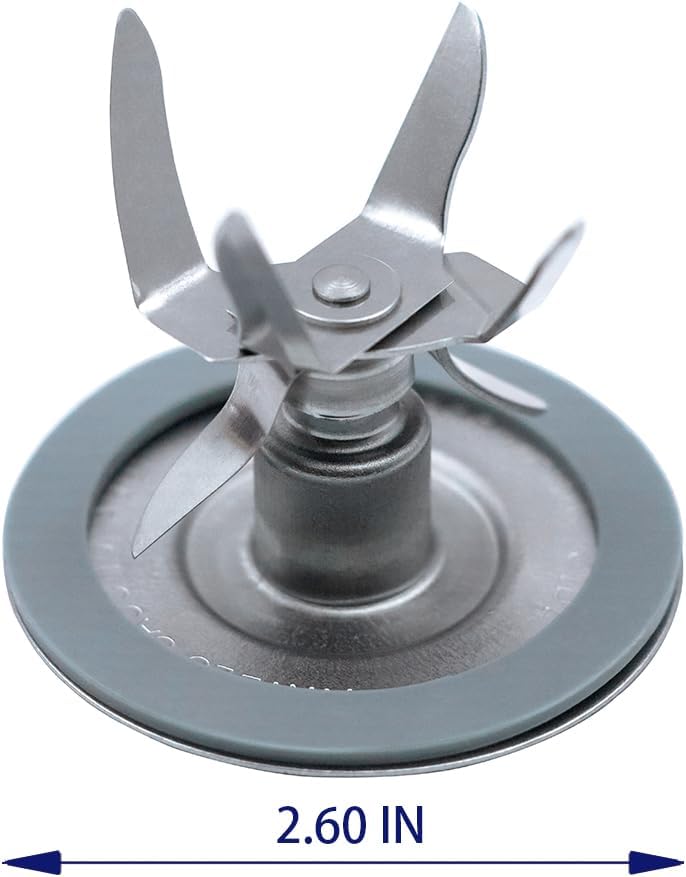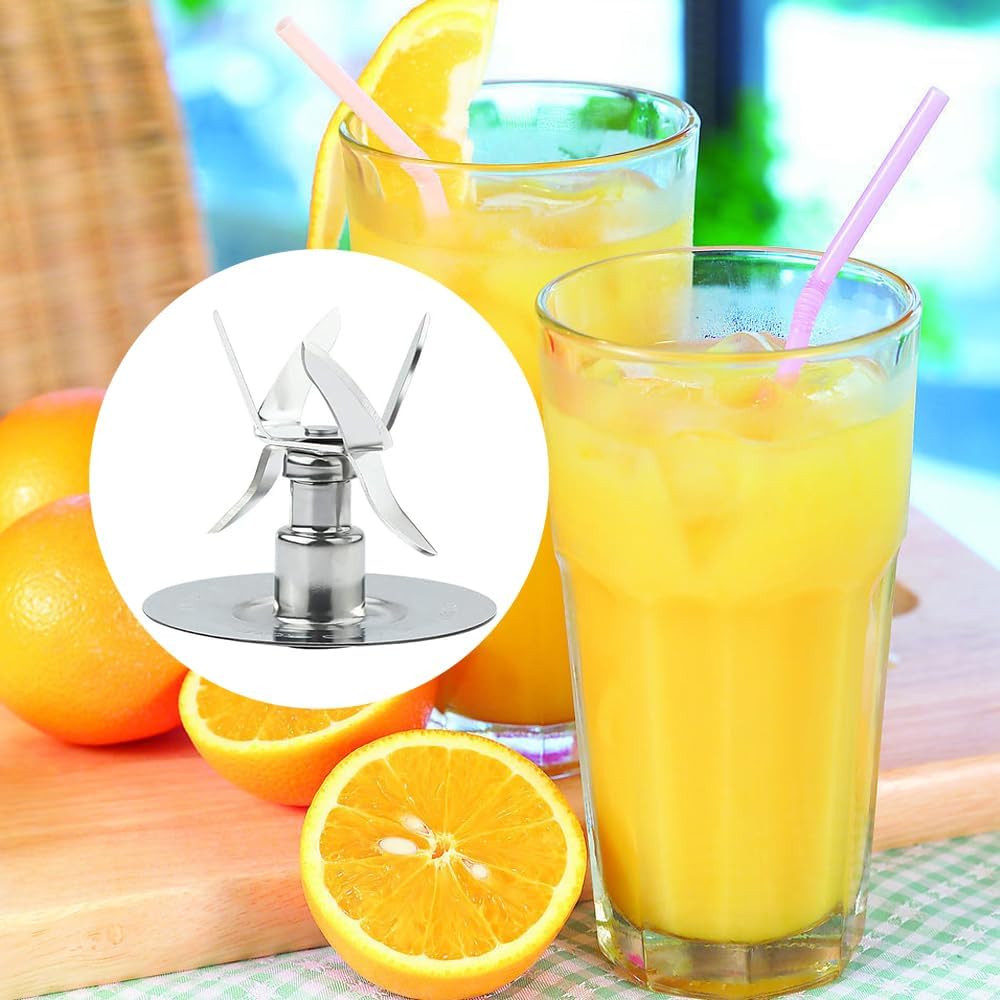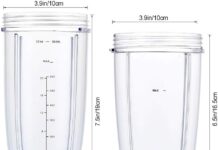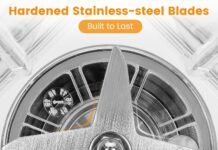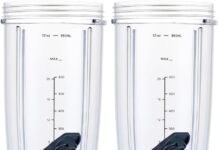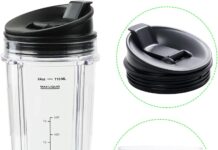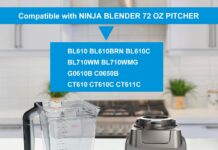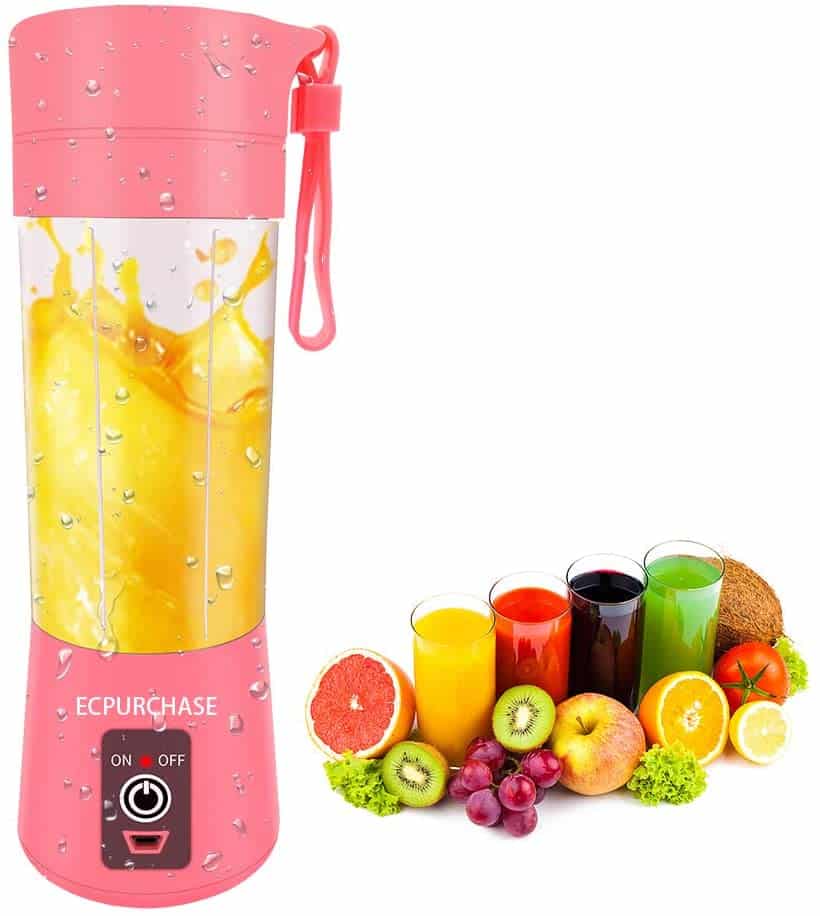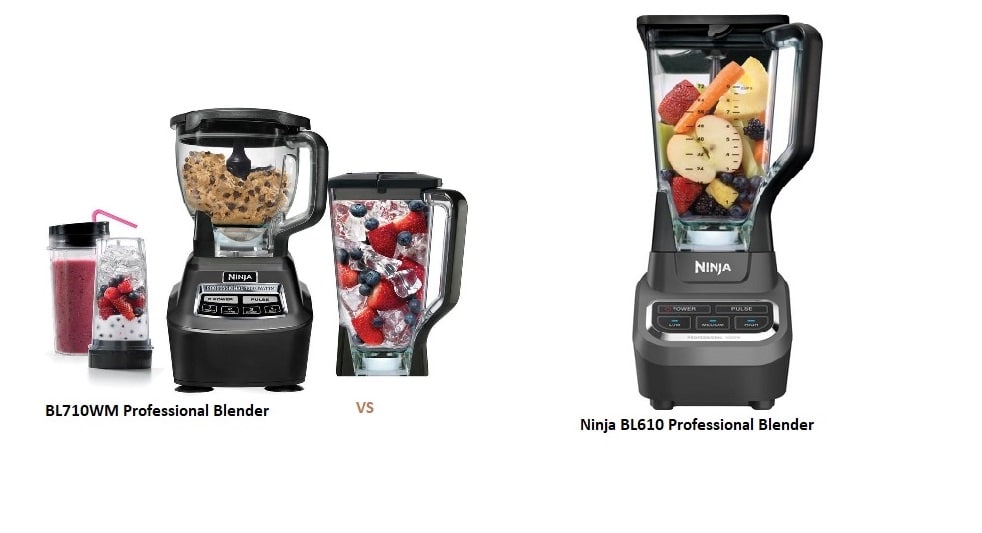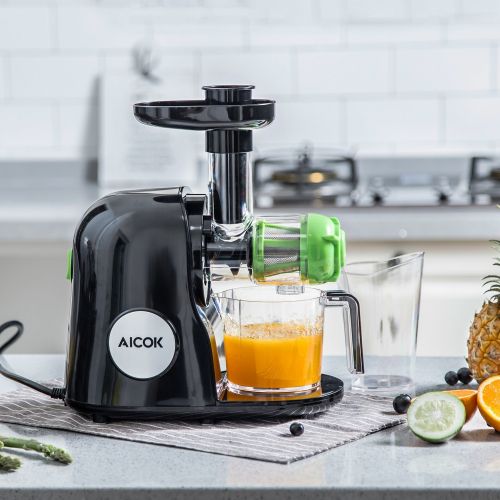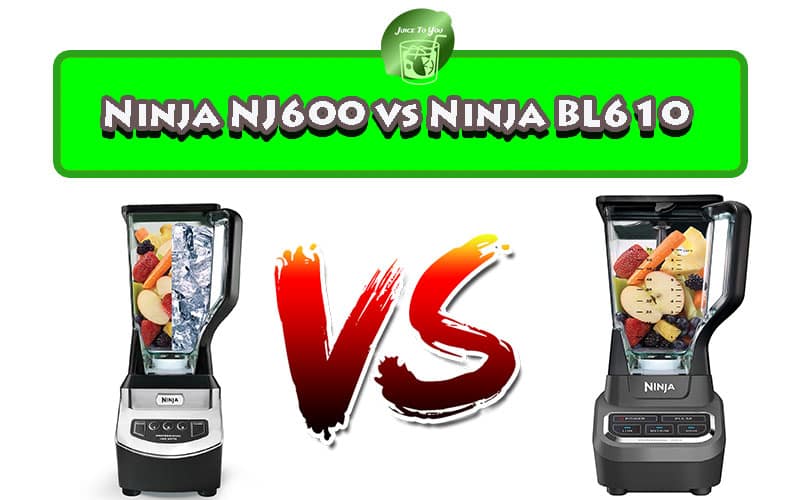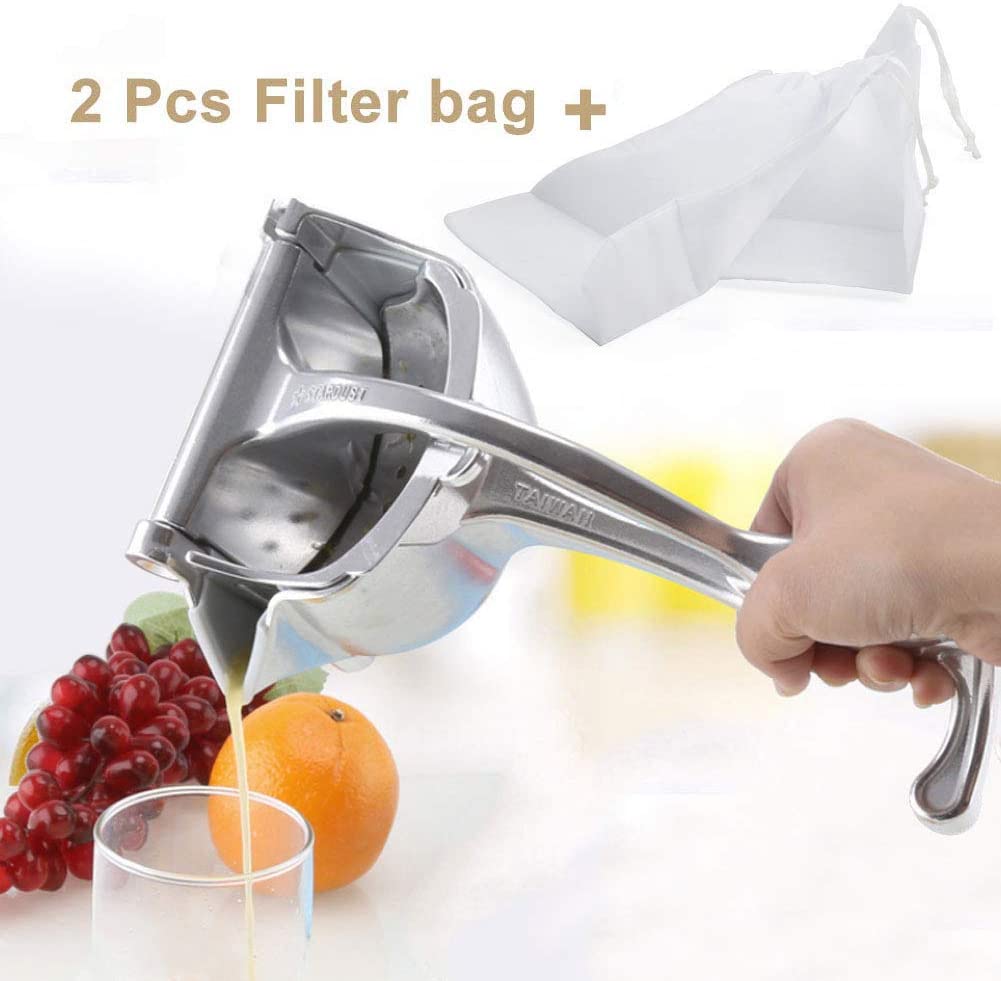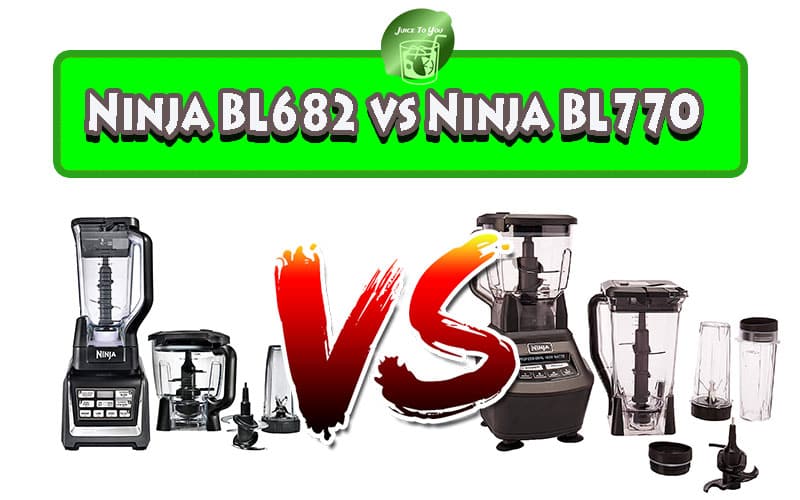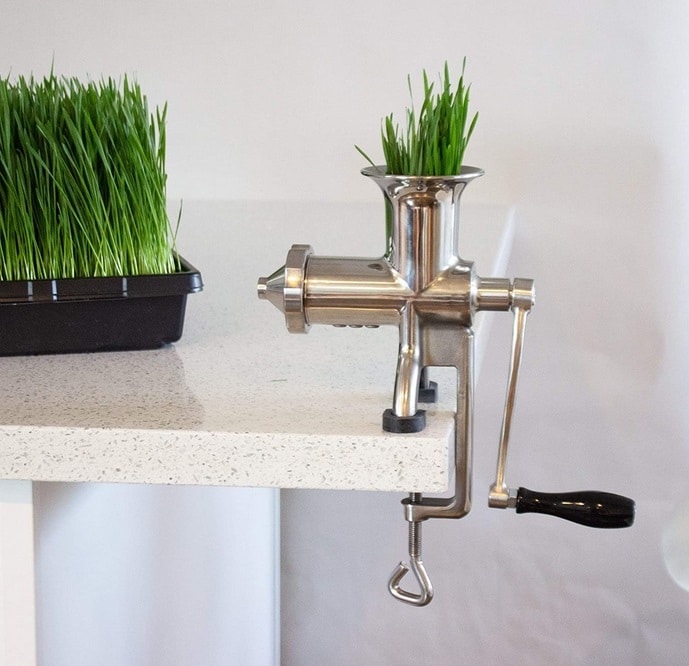?Are we ready to find out if the “6 Point Blender Ice Blade and O-Ring Gasket Compatible with Oster & Osterizer Blender, Osterizer Blender and Oster Blender Replacement Parts” is the upgrade our kitchen needs?
Product Overview
We want to be clear about what this product is and what it aims to solve. The “6 Point Blender Ice Blade and O-Ring Gasket Compatible with Oster & Osterizer Blender, Osterizer Blender and Oster Blender Replacement Parts” is a replacement blade assembly paired with an O-ring gasket intended to restore or improve blending performance, especially for tasks like crushing ice, making smoothies, and handling tougher ingredients. We’ll describe what it typically includes, what to expect from its construction, and how it’s intended to fit with Oster/Osterizer blender jars and bases.
6 Point Blender Ice Blade and O-Ring Gasket Compatible with Oster & Osterizer Blender, Osterizer Blender and Oster Blender Replacement Parts
What’s Included in the Package
We find it helpful to know exactly what arrives in the box so we can prepare for installation and use. Most packages include:
- One 6-point blade assembly (blade, shaft, and housing)
- One O-ring gasket to seal the jar to the blade assembly
- Possibly a nut/locking ring, depending on the seller
We recommend inspecting all components immediately upon receipt to ensure nothing is missing or damaged.
Why a 6-Point Blade?
We typically prefer more cutting surfaces when we’re making icy drinks or mixing thick ingredients. A 6-point blade design provides multiple cutting edges and angles, which helps the blender shear and crush material more efficiently than fewer-point blades. That means quicker processing and more consistent textures for smoothies, frozen drinks, and sauces.
We should note that blade geometry and sharpness, along with motor power and jar design, all affect performance. The blade itself is a major factor, but not the only one.
Compatibility and Fit
Compatibility is a crucial concern before purchasing any replacement part. The product title claims broad compatibility with Oster and Osterizer blenders, which are often mechanically similar in how the jar threads and blade assemblies attach.
We advise verifying the following before ordering:
- Jar model number or measurements of the existing blade assembly
- Thread type and diameter on the jar base
- Height and shape of the blade housing if it must seat flush in the jar
We generally find that many aftermarket replacement parts claim compatibility with multiple models; however, confirming physical dimensions and thread compatibility prevents returns and fit issues.
Models Often Mentioned
We can’t guarantee model-by-model compatibility without checking each blender, but users commonly pair these replacement assemblies with:
- Classic Osterizer countertop blenders
- Older Oster Jar models with removable blade assemblies
- Many Oster-branded blenders that use screw-in blade units
We recommend checking the original blade assembly and the jar base before committing.
Materials and Build Quality
We expect replacement blades to use stainless steel for corrosion resistance and durability. The O-ring gasket is typically rubber or food-grade silicone to provide a tight seal.
Common material expectations:
- Blades: stainless steel (resists rust and maintains sharpness)
- Blade housing: stainless or plated metal; sometimes with a polymer component
- O-ring: silicone or nitrile rubber (resistant to oils and water, but still requires care)
We always suggest inspecting the parts for machining quality and any rough edges before installation.
Performance: Crushing Ice and Blending Tough Ingredients
Performance is the headline metric for most buyers. We look at how quickly the blade assembly pulverizes ice, blends frozen fruit, or emulsifies ingredients.
What we typically observe:
- A 6-point geometry can break ice into small pieces more efficiently than 2- or 4-point blades.
- If paired with a strong motor, the assembly can produce smooth, creamy textures for smoothies and frozen drinks.
- In lower-powered blenders, even a good blade might struggle; motor power and jar shape matter.
We recommend testing with small batches first to gauge performance and avoid overloading the motor.
Installation Guide
Installing a replacement blade and O-ring is usually straightforward, but it requires care to avoid injury or leakage.
We recommend the following steps:
- Unplug the blender and remove the jar from the base.
- Remove the old blade assembly by unscrewing the retaining ring from the jar bottom. Keep gloves on to protect from sharp edges.
- Clean the jar threads and mating surfaces thoroughly, removing any old gasket residue.
- Place the new O-ring gasket into its groove on the blade assembly or jar base as instructed.
- Insert the blade assembly into the jar and screw the retaining ring on snugly. Avoid over-tightening, which can damage threads or the gasket.
- Test the jar for leaks by filling it with water and running a short cycle at low speed.
We always recommend wearing protective gloves and, if possible, using tools meant for jar nuts to ensure a secure fit without damaging parts.
Maintenance and Cleaning
Keeping the blade assembly and O-ring clean extends their life and keeps food safety in check. Routine maintenance also prevents leaks and poor blending performance.
Cleaning tips we follow:
- Hand wash the blade assembly with warm, soapy water immediately after use to prevent food drying onto the blades and housing.
- Avoid soaking for long periods if the housing includes any metal that could be susceptible to corrosion.
- Remove and clean the O-ring separately to inspect for nicks or wear.
- Dry all components thoroughly before reassembling to avoid trapped moisture and odors.
- If dishwasher-safe is claimed, check manufacturer guidance; repeated dishwasher cycles may shorten gasket life.
Regular inspection is important. If the O-ring is cracked, flattened, or shows signs of hardening, we replace it promptly to prevent leaks.
Durability and Longevity
We want replacement parts to last, so we assess typical longevity and failure points. Durability depends on material quality and user habits.
Typical expectations:
- Stainless steel blades can remain functional for years if not severely abused (e.g., crushing large amounts of hard items beyond intended use).
- O-rings usually need replacing more frequently—often annually or sooner depending on use and exposure to heat or dishwashing.
- Bearing and shaft wear are possible failure points, particularly if the blade housing sees water intrusion or inadequate lubrication.
We recommend periodic checks for play in the blade shaft and any irregular noises during operation, as those indicate wear.
Seal Integrity and Leak Prevention
A primary function of the O-ring is to maintain a tight seal between the jar and blade assembly to prevent leaks. Proper sealing prevents messy spills and protects the motor housing from liquid infiltration.
We suggest:
- Ensuring the O-ring sits flat without twists.
- Replacing O-rings at the first sign of damage.
- Avoiding over-tightening the retaining ring that can compress the gasket unevenly.
If leaks occur, inspect for hairline cracks or misseated gaskets first before assuming the blade assembly itself is at fault.
Noise and Vibration
Noise and vibration depend on balance and fit. New blade assemblies can sometimes cause temporary vibration due to tightness or minor imbalance.
We recommend:
- Running the blender briefly at low speed to check for wobble.
- Ensuring the blade housing is centered and the retaining ring is evenly threaded.
- Checking the jar for even seating on the base coupling.
If vibration persists, the blade or shaft may be bent, or the coupling on the base could be worn. Replacing the blade assembly or inspecting the base coupling can address ongoing issues.
Safety Considerations
Blades are sharp and require careful handling. We always stress safety in replacement and operation.
Key safety points:
- Unplug the blender before removing or installing the blade assembly.
- Use protective gloves and a rag to grip blades during removal.
- Keep blades away from children and pets.
- Verify the blade assembly is fully secure before running the blender.
We also recommend avoiding attempts to modify the blade assembly, as that can create unsafe conditions and void warranties.
Value for Money
We consider how the cost of this replacement compares to purchasing a new blender or OEM parts. Aftermarket blades often present an affordable option to restore function without buying a whole new unit.
We think about:
- The price per replacement compared to OEM parts
- Expected lifespan of the part based on materials
- How much improved performance extends the life of the blender
If the replacement restores performance and holds up under regular use, it is often a cost-effective solution.
Pros and Cons
Summarizing strengths and weaknesses helps when we need to make a quick decision.
Pros:
- Multiple cutting edges improve ice-crushing ability
- Typically more affordable than OEM replacements
- Replacement O-ring restores seal and prevents leaks
- Easy to install for most users
Cons:
- Compatibility may vary between models—measurements matter
- Aftermarket parts can sometimes be slightly less precise in machining than OEM
- O-rings usually require periodic replacement
- Motor power still governs ultimate performance—blade alone can’t fix a weak motor
We recommend balancing pros and cons based on how often we use the blender for heavy-duty tasks.
Quick Comparison Table
We find a concise table useful to capture key facts at a glance and help with buying decisions.
| Feature | What It Means | Recommendation |
|---|---|---|
| Blade Type | 6-point stainless steel (multiple cutting edges) | Excellent for ice and frozen fruit; good for heavy blending |
| Gasket Type | O-ring (rubber or silicone) | Replace periodically; ensure proper seating |
| Compatibility | Advertised for Oster & Osterizer models | Verify jar thread and shaft fit before purchase |
| Installation | Screw-in blade assembly | Simple with basic tools; watch for sharp edges |
| Durability | Dependent on materials and usage | Expect months to years; O-ring replaced more often |
| Performance | Ice crushing, smoothies, sauces | Works best with a strong motor and correct jar |
| Value | Aftermarket pricing vs OEM | Generally cost-effective when compatible |
How to Test It After Installation
We like standardized tests to evaluate performance. Here’s a simple sequence we use to check the new assembly:
- Fill jar halfway with cold water; run on low speed to verify no leaks.
- Add a handful of ice and a splash of water; run on pulse, then high speed to test crushing ability.
- Blend a frozen-fruit smoothie to gauge texture and motor load.
- Listen for unusual noises or wobble indicating imbalance.
If any leak, vibration, or extreme noise occurs, shut it off immediately and re-check installation.
Troubleshooting Common Issues
We’ve found that many issues have straightforward fixes. Here are common problems and our recommended actions.
Problem: Leaking from jar base
- Check O-ring seating and condition
- Ensure retaining ring is threaded evenly and snug (not over-tightened)
- Inspect jar threads for damage
Problem: Excessive vibration
- Verify blade assembly is centered and tightened evenly
- Check shaft for bend or play
- Inspect base coupling for wear
Problem: Poor ice crushing performance
- Confirm motor power is adequate
- Avoid overfilling; use small batches
- Pulse to break large chunks before continuous blending
Problem: Noisy operation after replacement
- Ensure housing is fully tightened
- Re-check gasket seating—air pockets can cause noise
- If noise persists, inspect blade shaft bearings for wear
Who Should Buy This
We find this replacement ideal for:
- Owners of compatible Oster/Osterizer jars needing a cost-effective fix
- Users who blend frozen drinks or crush ice frequently
- DIYers comfortable with light appliance maintenance
- People looking to avoid replacing the whole blender for a single worn part
We recommend that those with very old or extensively damaged bases consider a full replacement if the base coupling or motor shows significant wear.
When to Choose OEM Instead
There are situations where OEM parts might be preferable:
- If exact fit and material specs are critical for an heirloom or expensive model
- If the blender is under warranty and OEM replacement is required
- For users who prefer manufacturer guarantees and certified materials
We generally balance cost savings against the peace of mind that OEM parts provide.
Alternatives to Consider
We like evaluating alternatives before making a purchase decision.
Alternatives include:
- OEM Oster/Osterizer blade assemblies and gaskets
- Universal blade kits with adjustable fitments
- Upgrading to a new blender with improved motor and jar design
Choosing between an aftermarket replacement and a new unit depends on how much life we expect to get from the repaired blender and our budget.
Environmental Considerations
Replacing just the blade and gasket is often more sustainable than discarding the entire blender. We appreciate that this approach reduces waste and keeps functional components in use.
We suggest recycling or responsibly disposing of old metal parts when replacing them, and avoiding unnecessary disposal of the entire appliance if only a small part failed.
Price and Where to Buy
We typically find aftermarket replacement blade assemblies and O-rings available from online marketplaces, specialty appliance parts sellers, and sometimes local kitchen stores. Prices vary but are usually a fraction of the cost of a new blender.
When buying:
- Compare reviews and seller ratings
- Check return policies and compatibility guarantees
- Look for listings that include clear photos and dimension details
We also value sellers who offer clear measurement data to ensure compatibility.
Final Verdict
We believe that the “6 Point Blender Ice Blade and O-Ring Gasket Compatible with Oster & Osterizer Blender, Osterizer Blender and Oster Blender Replacement Parts” offers a practical and affordable way to restore blending performance for many Oster-style jars. Its six cutting edges are well-suited to ice and frozen fruit, and the included O-ring addresses the common leak point that prompts many replacements.
We suggest this product for anyone who:
- Confirms compatibility with their jar
- Wants a cost-effective repair
- Uses the blender regularly for heavy tasks and needs better cutting performance
We recommend careful installation, routine maintenance, and periodic inspection of the gasket and blade shaft for long-term satisfaction.
Frequently Asked Questions (FAQ)
We answer the questions we see most often to help clarify common concerns.
Q: Will this blade fit my Oster blender? A: It may, but compatibility depends on the jar thread, blade housing height, and shaft dimensions. Measure the old assembly or consult the seller for exact specifications.
Q: How often should we replace the O-ring? A: O-rings commonly require replacement once a year with regular use, though frequency can vary based on cleaning方法 and dishwasher exposure. Replace at the first sign of cracking or hardening.
Q: Is it dishwasher-safe? A: Some aftermarket parts claim dishwasher safety, but hand washing is generally safer to preserve gasket life and blade sharpness. Repeated dishwasher cycles can accelerate wear.
Q: Can a replacement blade solve blending performance issues? A: It can help significantly if the original blade was dull or leaking. However, a weak motor or damaged base coupling will still limit performance.
Q: Are the blades sharp enough to be dangerous? A: Yes—treat them with caution. Use gloves when handling and avoid placing fingers near blades during cleaning.
Additional Tips from Our Experience
We like sharing practical tips that make using the replacement more effective and longer-lasting.
- Break large ice into smaller pieces before blending to reduce motor strain.
- Pulse initially to help the blades bite into frozen chunks.
- Use a small amount of liquid when blending thick mixtures to create a vortex.
- Store spare O-rings on hand to avoid downtime.
- Keep the blade housing dry between uses to reduce corrosion risk.
Closing Thought
We find that a well-made replacement blade assembly and O-ring can breathe new life into a trusted blender, saving money and reducing waste. With proper fitting, installation, and care, the “6 Point Blender Ice Blade and O-Ring Gasket Compatible with Oster & Osterizer Blender, Osterizer Blender and Oster Blender Replacement Parts” can become a dependable part of our kitchen toolkit.
Disclosure: As an Amazon Associate, I earn from qualifying purchases.


